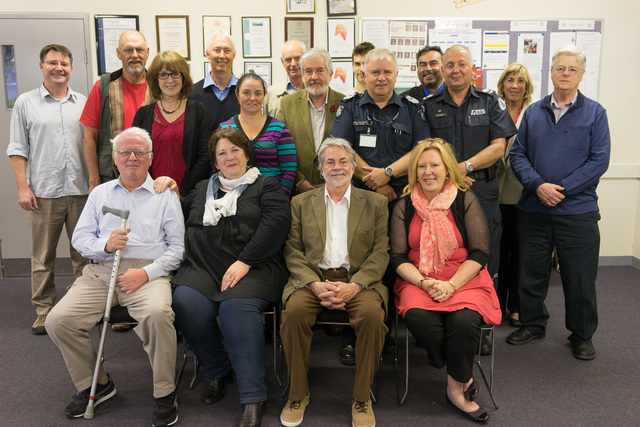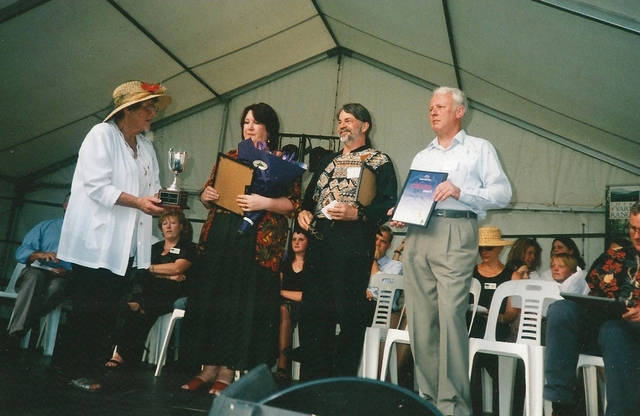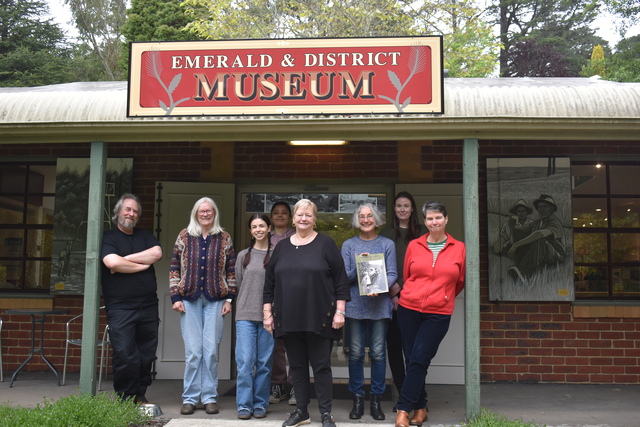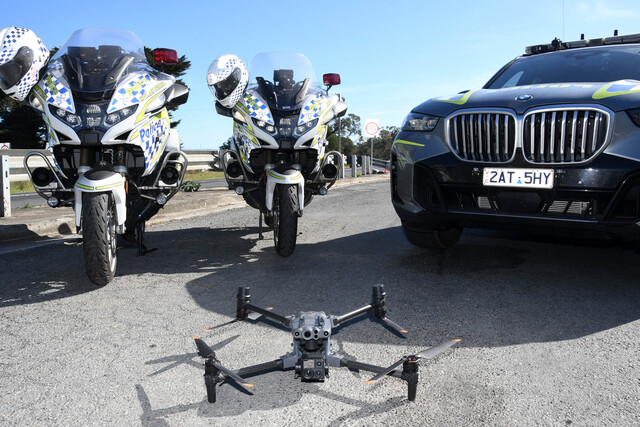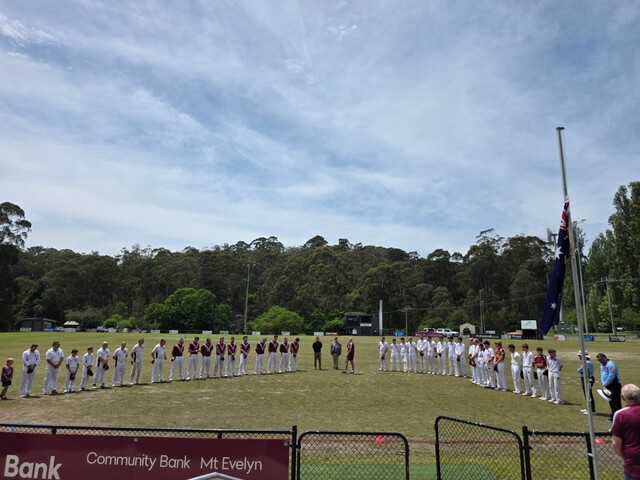Twenty-five years ago, the community of Ferny Creek turned unimaginable loss into action.
It was January 1997 when a deliberately lit bushfire tore up the hill, ignited in The Basin and driven with terrifying speed by hot, gusty winds.
Within just eight minutes, flames raced up a steep gully known locally as “The Devil’s Chimney” and reached the first homes.
Thirty houses and numerous sheds and gardens were destroyed.
Three residents lost their lives. There was no warning.
Only the red sky and choking smoke marked the horror that had already arrived.
Among those who survived was Anna-Marie Shew, who lost her home that day.
She vividly recalled the confusion and fear.
“We had no time, and no warning. I remember seeing the sky change colour and thinking, ‘it can’t be happening here.’ But it was. And it was too late,”
Ms Shew said.
What followed in the weeks and years after was a community-led effort to mitigate another tragedy taking Ferny Creek without warning.
Alongside John Irving and Karl Krumtunger, Ms Shew co-founded what would become a world-first purpose-built early warning bushfire system – ‘the
Ferny Creek Bushfire Alert System (FCBAS)’.
Their campaign, launched in the aftermath of the disaster, sought to install sirens that could give residents precious minutes to act when fire
threatened.
Mr Irving, a resident of Ferny Creek for 48 years didn’t lose his house in the 1997 fire, but only just.
His garage was destroyed, and he found small fires burning on his deck when he returned.
Thanks to extensive fire protection measures he had installed years earlier – including a house-wide sprinkler system, metal shutters, and independent water sources – his home was saved.
But the emotional toll lingered.
“After taking my wife to safety, I came back and was told by a firefighter that everything was gone. I drove in through the smoke, prepared for the worst, and saw my house still standing. I couldn’t believe it. Then our cat appeared out of nowhere. It was overwhelming,” he said.
Mr Irving said it was clear to residents that bushfires would return.
“It’s not if a fire will come – it’s when. We probably won’t see a fire truck up my narrow road next time. It’s too dangerous. That’s why we needed the sirens,” he said.
Their campaign faced resistance.
The group’s request to install CFA sirens, particularly in this area where other sirens couldn’t be reliably heard, was initially denied.
But the devastation, combined with the coroner’s findings that the lack of warning had contributed to the deaths, galvanised support.
Ms Shew, Mr Irving, and Mr Krumtunger rallied residents, lobbied government bodies and emergency agencies, and slowly built the case.
With support from the Yarra Ranges Council, the CFA, Victoria Police and the Department of Justice, a working group was formed.
The result was the FCBAS – installed in December 2000 and officially launched in February 2001.
The system uses three CFA-controlled sirens to provide early alerts of potential bushfire emergencies during the fire danger period, warning not only residents but also bushwalkers and visitors.
Ms Elaine McCunn, current Coordinator of the FCBAS and member of the Sassafras-Ferny Creek Fire Brigade, emphasised the role of education in the system’s success.
“A warning siren is only effective if people know what to do when they hear it. The sirens are not a signal to evacuate. They’re a signal to seek
information immediately,” Ms McCunn said.
“On high-risk days, if you haven’t already left by the time the sirens sound, it may be too late.”
Since its launch, the FCBAS has grown into much more than just a noise on the hill.
Information packs are given to all new residents.
Monthly tests remind the community of the ever-present risk.
Brigade community meetings and the CFA website provide up-to-date advice and education, and the message is consistent: be properly prepared and leaving early on high-fire risk days – before any sirens are heard – is the safest option.
The FCBAS was officially handed over to the CFA in 2014 and underwent refurbishment at the start of the most recent fire season.
The sirens are programmed to be activated via CFA pager messages responding to local fires reported to Triple Zero (000).
Mr Irving reflected on Ferny Creek’s unique vulnerability.
“There have been 36 fires here since 1850. The slope of this land doubles the speed and intensity of a fire. There’s almost no time. That’s why the sirens matter,” he said.
Ms McCunn spoke about the emotional healing that took place in the aftermath of the 1997 fire.
“Neighbours helped neighbours. Some rebuilt, some moved away. But the community came together,” she said.
“Special programs helped the kids. Local events gave people the opportunity to grieve, to talk, or just to hold a hand. Over time, the forest and the people started to heal.”
Ms Shew, who wrote much of the public communication during the system’s development, once described the sirens as a “voice for the forest.”
For her, they symbolise the lives lost – and the ones that might still be saved.
The FCBAS has since been recognised beyond Ferny Creek.
The United Nations acknowledged it as best practice.
The 2009 Victorian Royal Commission into the Black Saturday bushfires referred to it when recommending community alert sirens across the state.
The State Coroner Graeme Johnstone called out the system’s importance.
And Emergency Services Commissioner Bruce Esplin reminded residents that “the FCBAS is not a replacement for proper planning.”
A quarter of a century on, the system still stands as a testament to what community action can achieve.
Those sirens may only ring out on test days or in the face of danger, but for Ferny Creek residents, they represent awareness, resilience, and the power
of never forgetting.
As Mr Irving said, “Preparedness is the key. The sirens may give us a little time. And when it comes to bushfires, every minute counts.”
A documentary DVD about the Ferny Creek Bushfire Alert System, produced by Mr Irving and awarded the RACV Fire Awareness Award in 2010, is available to watch on YouTube: www.youtube.com/watch?v=lIKUzpJ7QVc
For further information: email SFCFB secretary on: sfcfbsecretary@outlook.com

